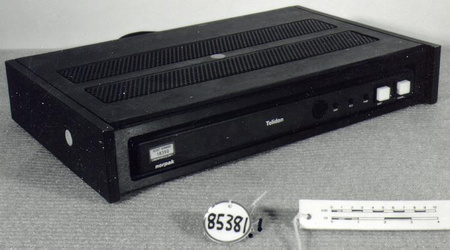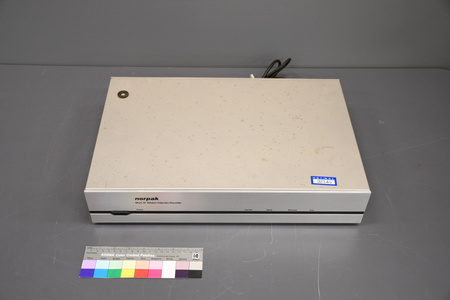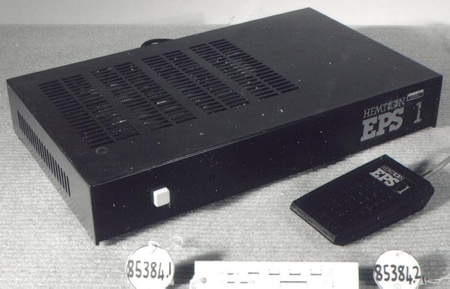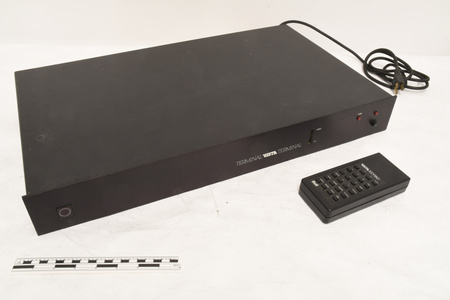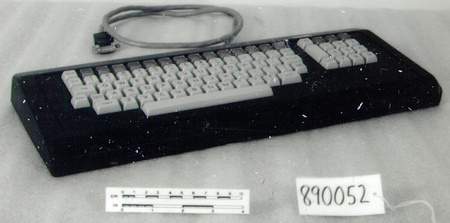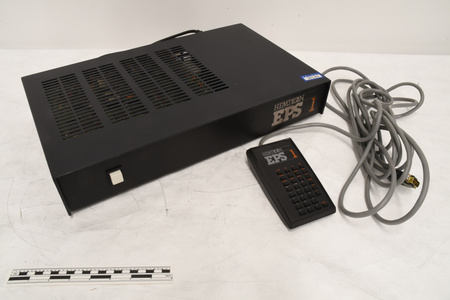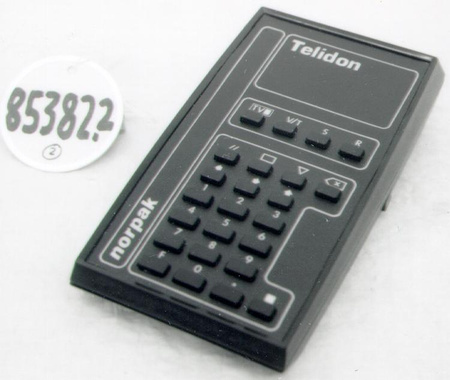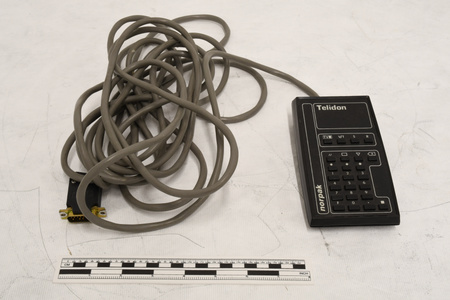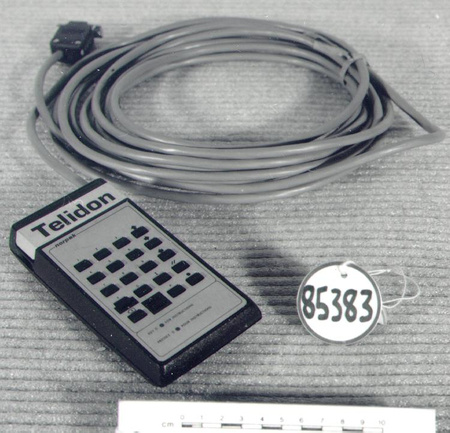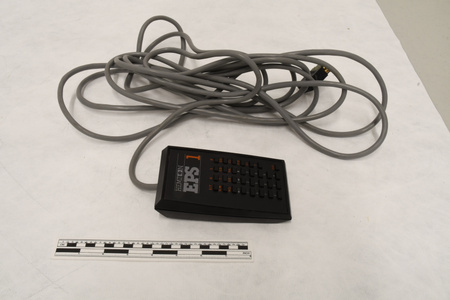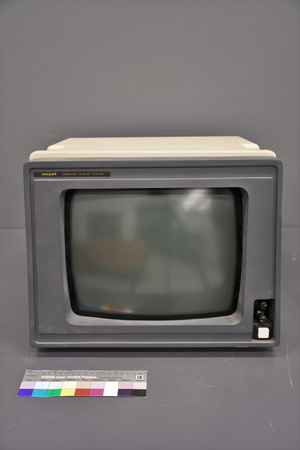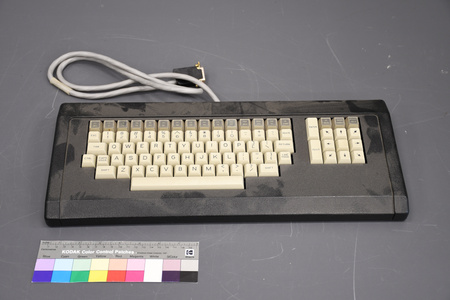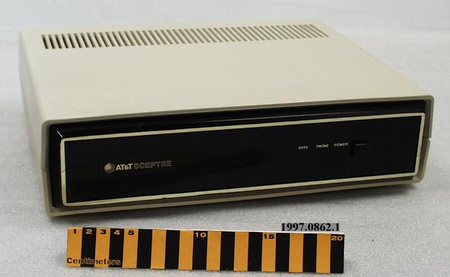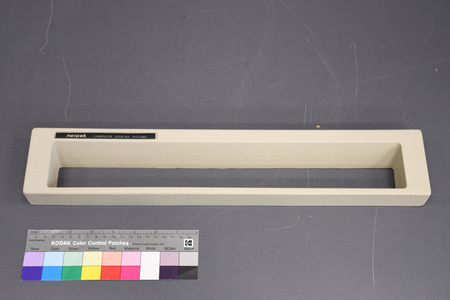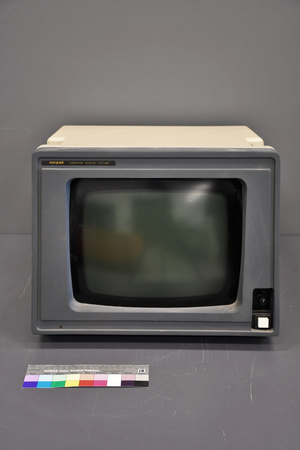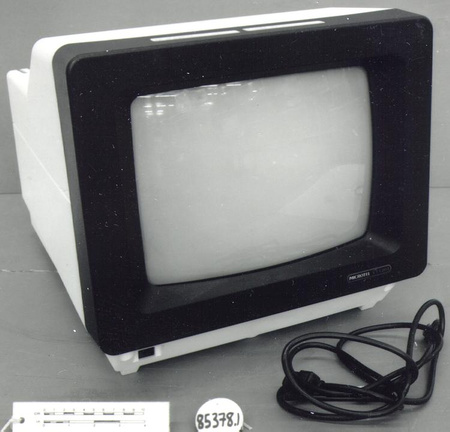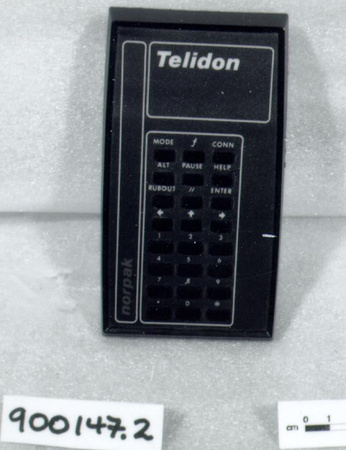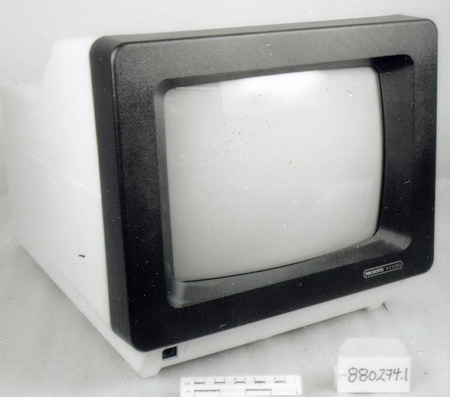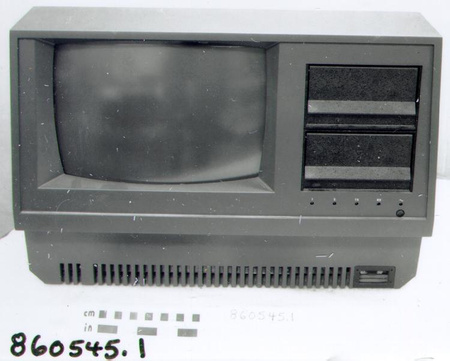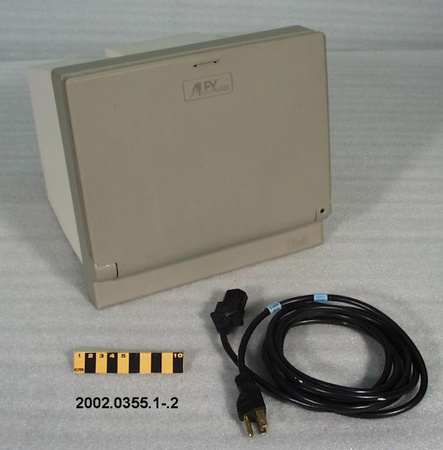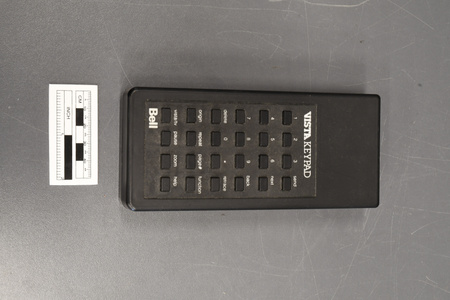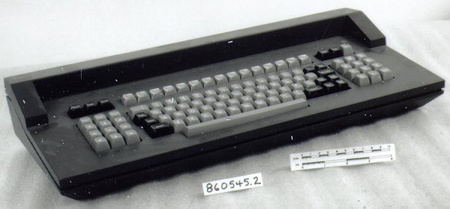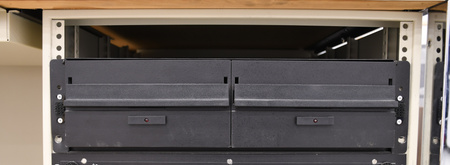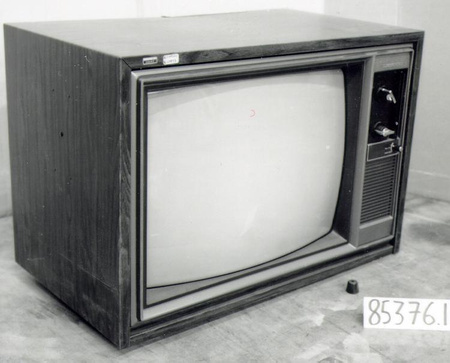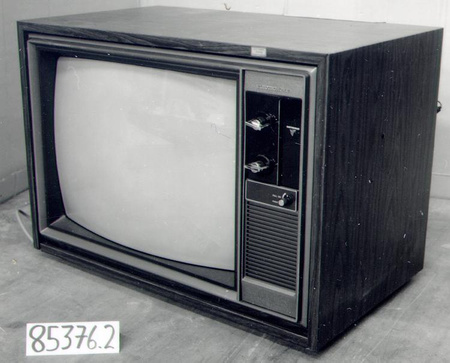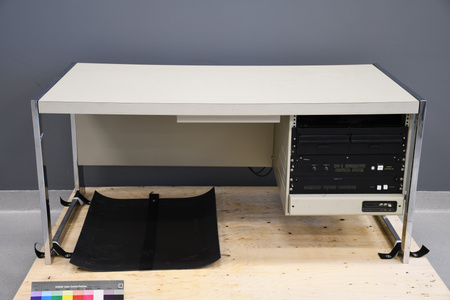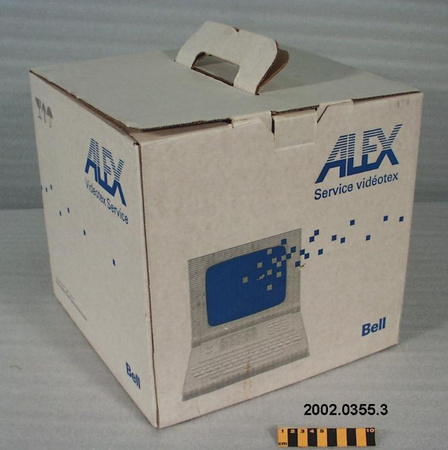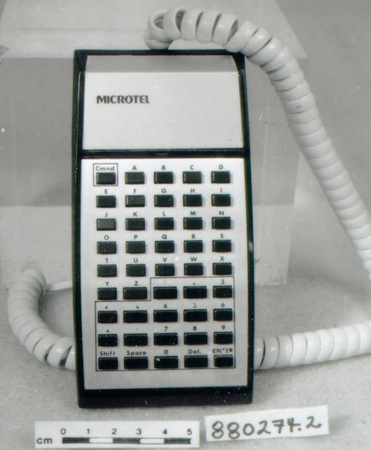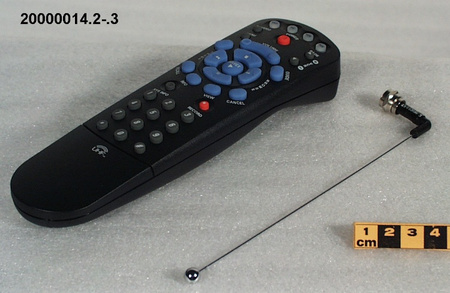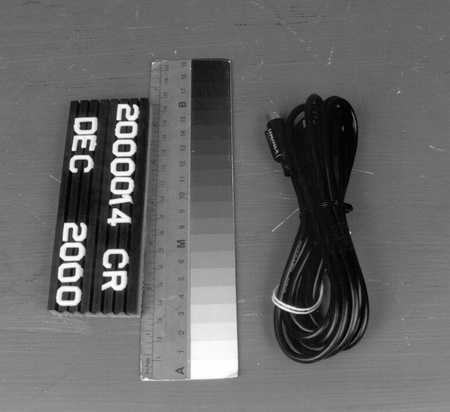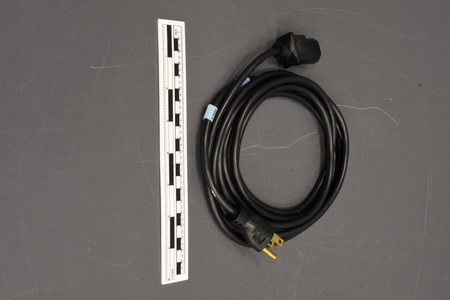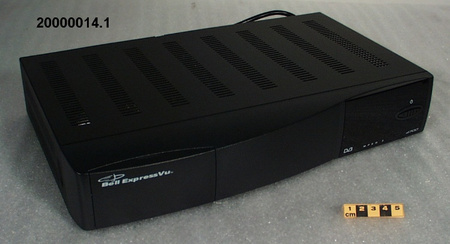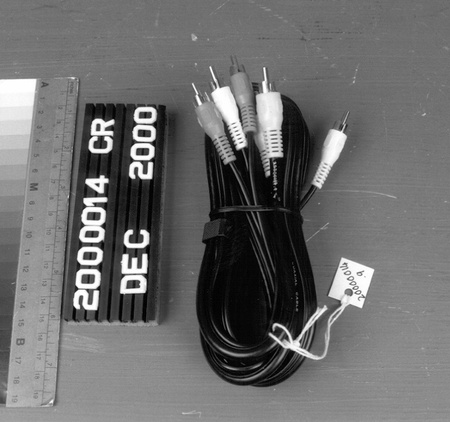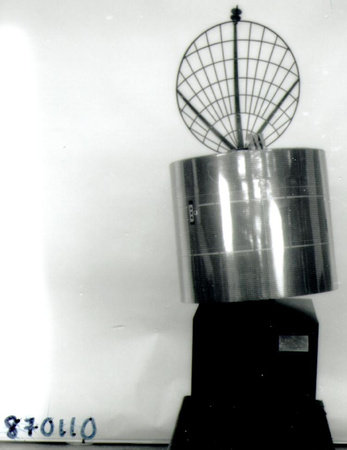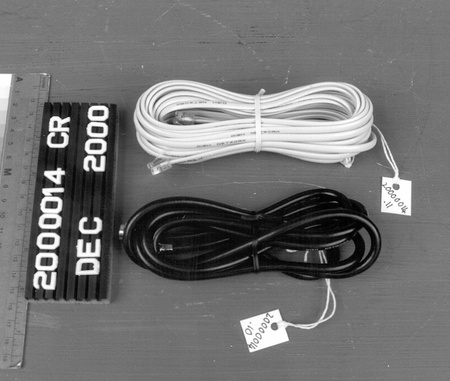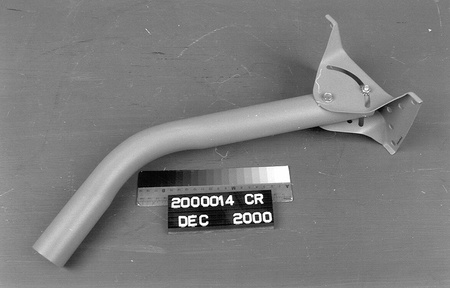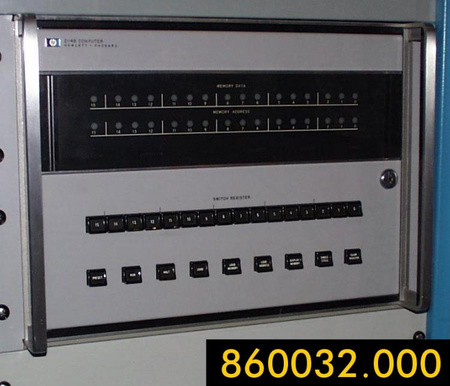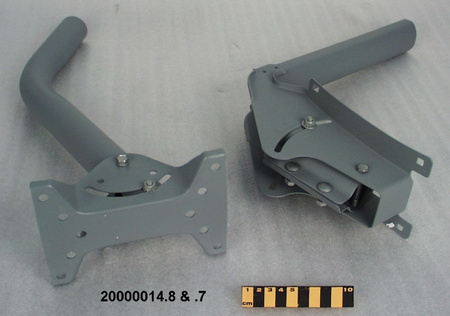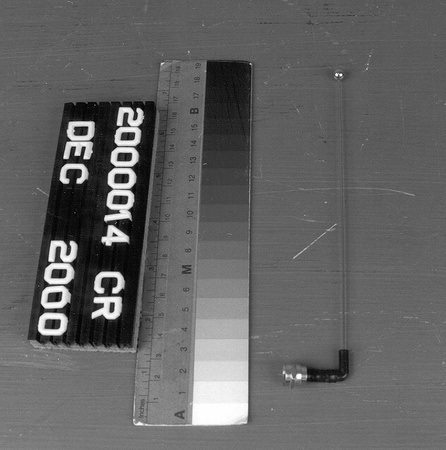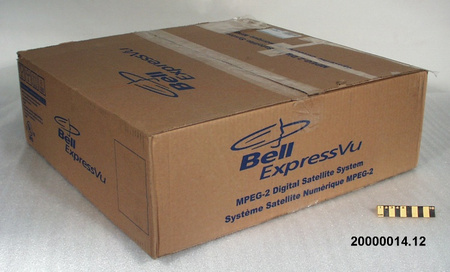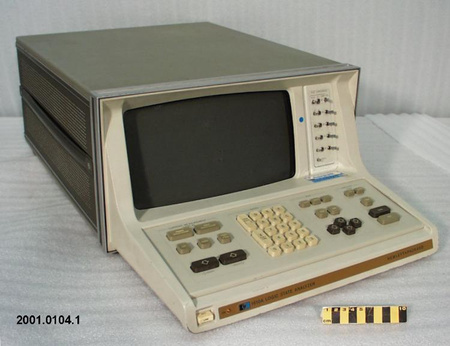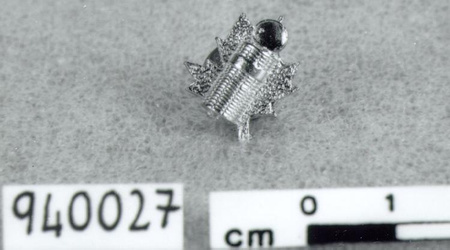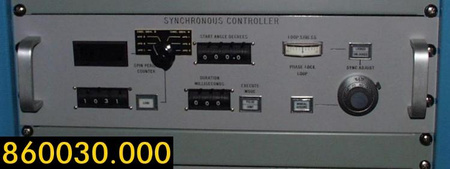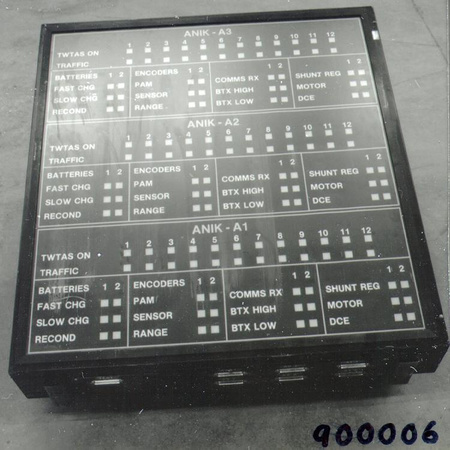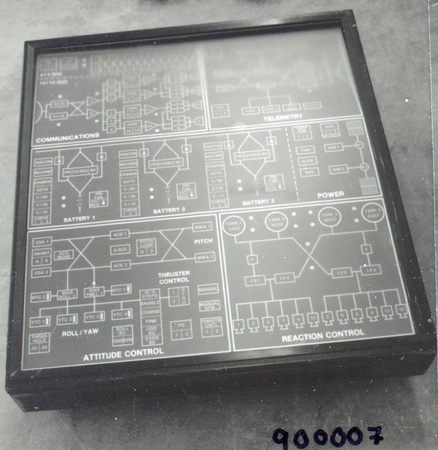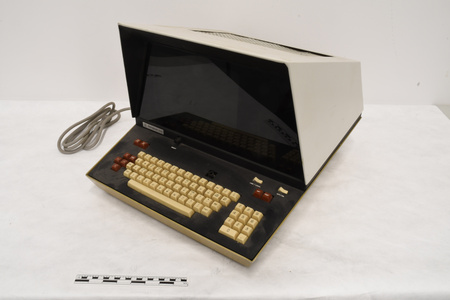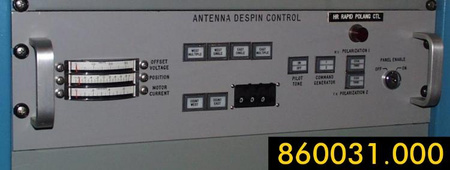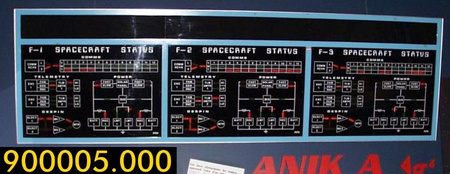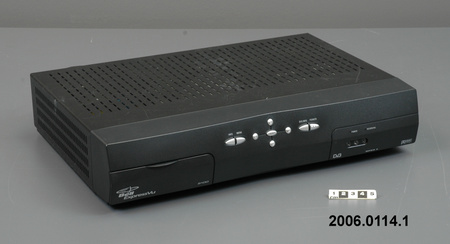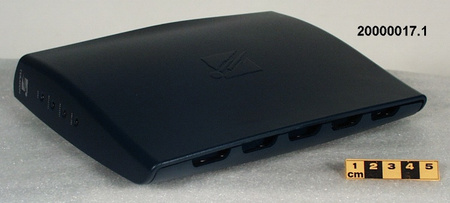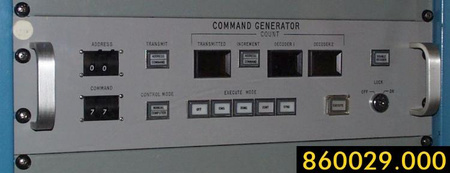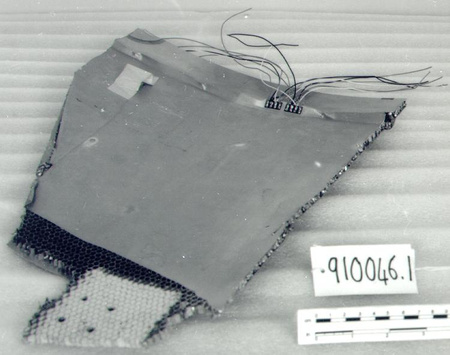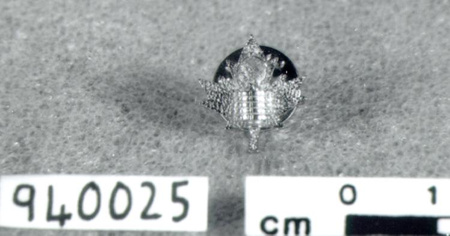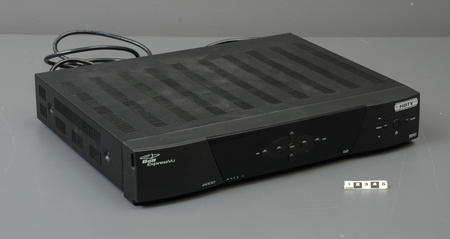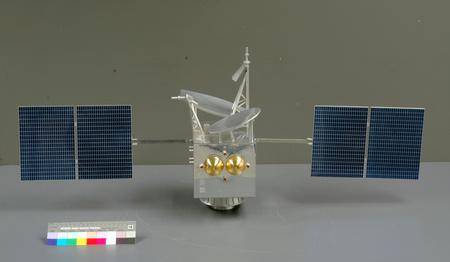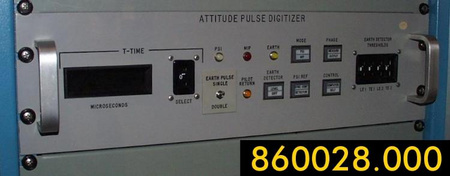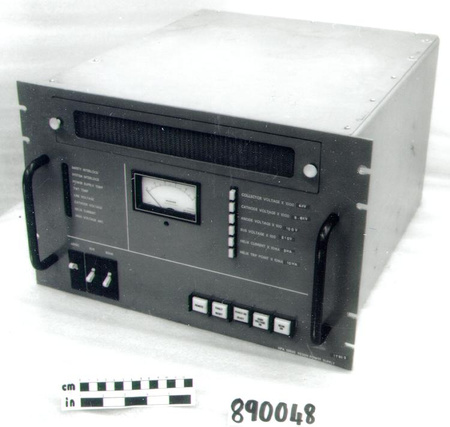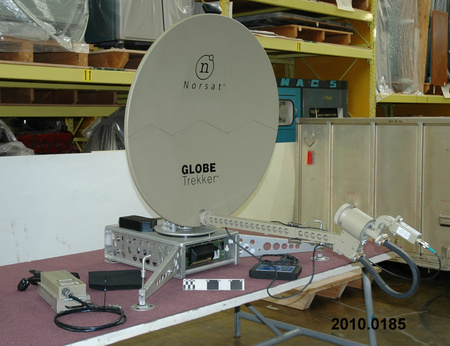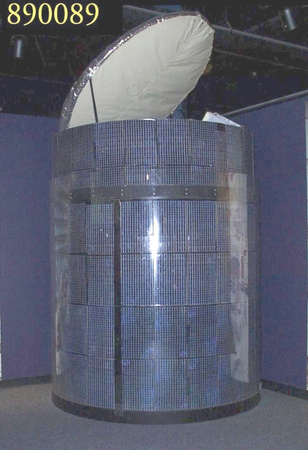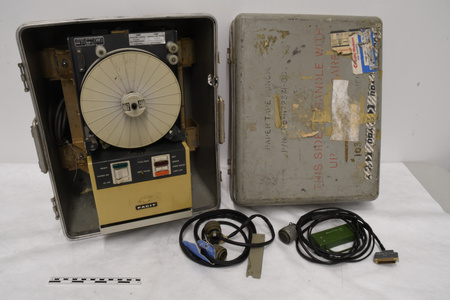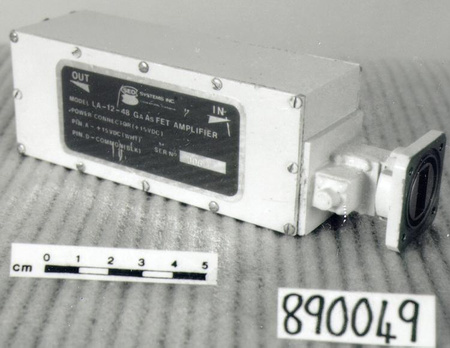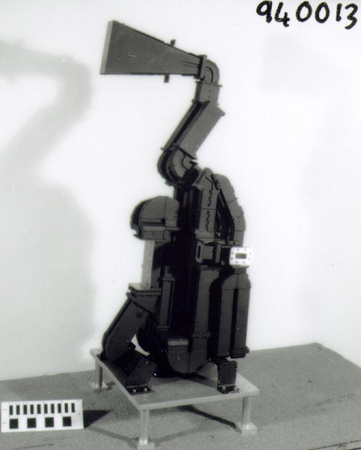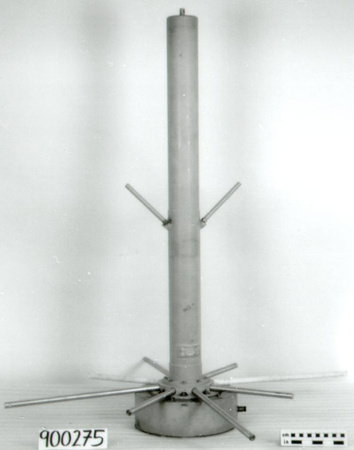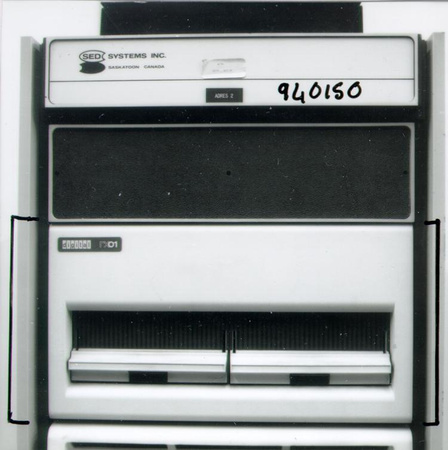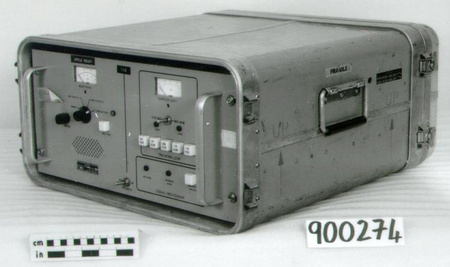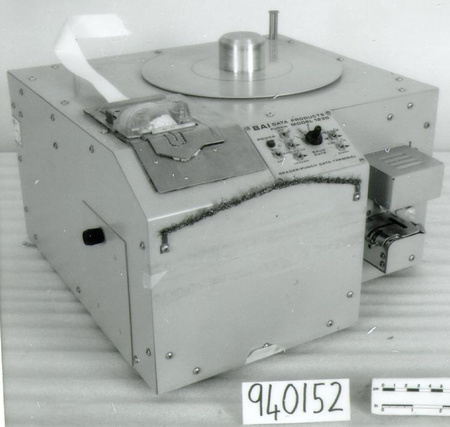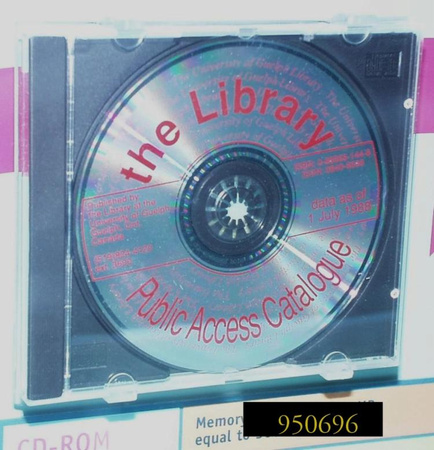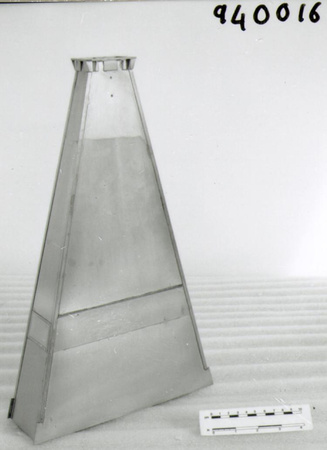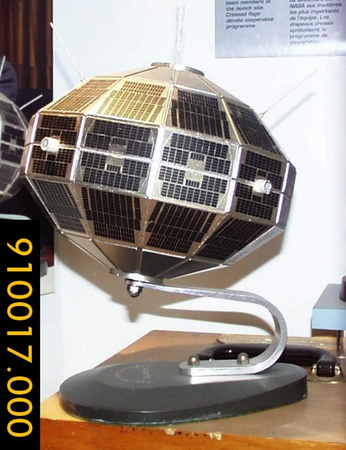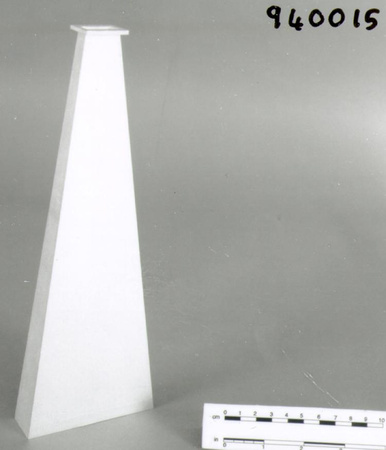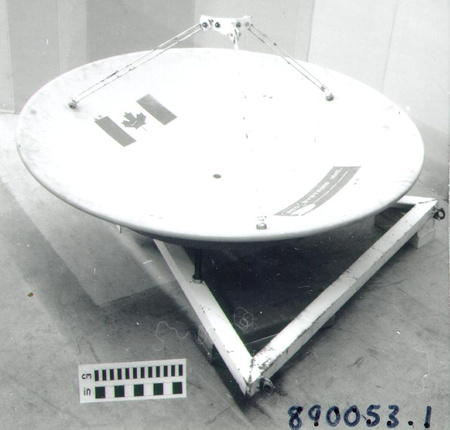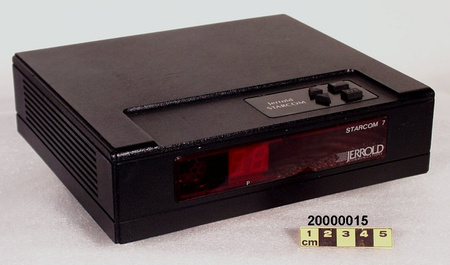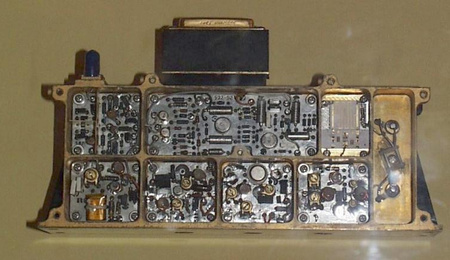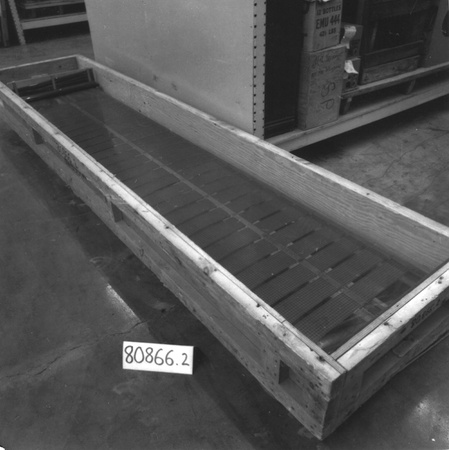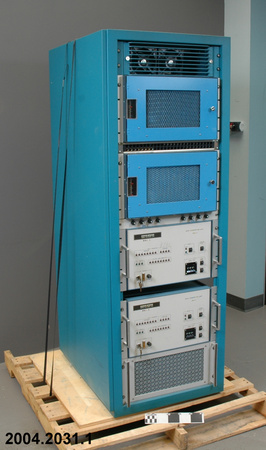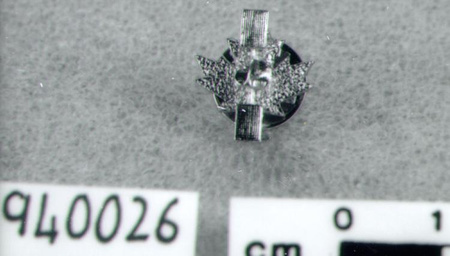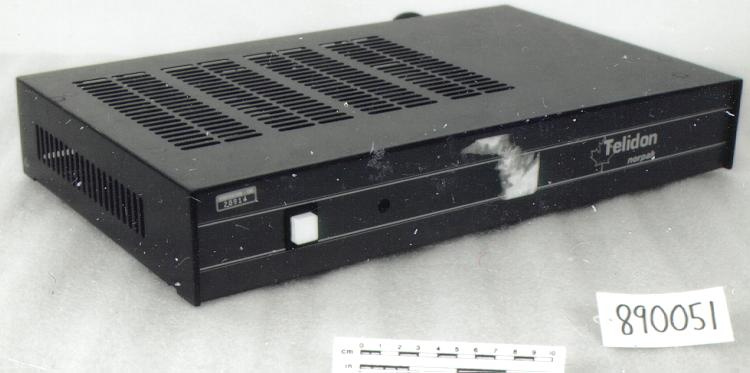Décodeur de vidéotex
Utiliser cette image
Puis-je réutiliser cette image sans autorisation? Oui
Les images sur le portail de la collection d’Ingenium ont la licence Creative Commons suivante :
Copyright Ingenium / CC BY-NC-ND (Attribution-NonCommercial 4.0 International (CC BY-NC 4.0)
ATTRIBUER CETTE IMAGE
Ingenium,
1989.0051.001
Permalien:
Ingenium diffuse cette image sous le cadre de licence Creative Commons et encourage son téléchargement et sa réutilisation à des fins non commerciales. Veuillez mentionner Ingenium et citer le numéro de l’artefact.
TÉLÉCHARGER L’IMAGEACHETER CETTE IMAGE
Cette image peut être utilisée gratuitement pour des fins non commerciales.
Pour un usage commercial, veuillez consulter nos frais de reproduction et communiquer avec nous pour acheter l’image.
- TYPE D’OBJET
- SATELLITE/TELIDON
- DATE
- 1980–1983
- NUMÉRO DE L’ARTEFACT
- 1989.0051.001
- FABRICANT
- Norpak
- MODÈLE
- ANIK B/MK.3
- EMPLACEMENT
- Canada
Plus d’information
Renseignements généraux
- Nº de série
- 2439
- Nº de partie
- 1
- Nombre total de parties
- 1
- Ou
- S/O
- Brevets
- S/O
- Description générale
- METAL CASING & PARTS/ SYNTHETIC PARTS
Dimensions
Remarque : Cette information reflète la taille générale pour l’entreposage et ne représente pas nécessairement les véritables dimensions de l’objet.
- Longueur
- 48,6 cm
- Largeur
- 31,0 cm
- Hauteur
- 11,2 cm
- Épaisseur
- S/O
- Poids
- S/O
- Diamètre
- S/O
- Volume
- S/O
Lexique
- Groupe
- Technologie de l'espace
- Catégorie
- Communications
- Sous-catégorie
- S/O
Fabricant
- Ou
- Norpak
- Pays
- Canada
- État/province
- Inconnu
- Ville
- Inconnu
Contexte
- Pays
- Inconnu
- État/province
- Inconnu
- Période
- Inconnu
- Canada
-
This decoder was designed, developed and built in Canada. It is Telidon videotex technology created by the Communications Research Centre. The Telidon program began on August 15, 1978 and ended on March 31, 1985. The decoder was used with an Anik B satellite for a TV Ontario node experiment. This experiment involved four schools in Northern Ontario which provided access for students to databases in Toronto, proving feasibility of providing access to services in remote areas equivalent to those available in urban areas (ref 2). - Fonction
-
This is a third-generation videotext decoder. The purpose of a decoder is to receive the communications data that's transmitted over narrow bandwidth line, which would be the telephone line in this case, and decode and convert it to something that can be put on to a display screen. This decoder was used to decode Telidon signals sent via Anik B Satellite. - Technique
-
While this decoder was a third-generation videotext decoder, it was the first generation commercially available. This decoder used a microprocessor and a 1200 baud modem to decode and convert communications data code to something that was displayable on a television display screen. This decoder used a bit plane that is a dot by dot image structure. While the graphic was not high quality, it was quite reasonable and the code was designed to be capable of expanding to handle higher resolutions. The system was designed to be forward and backward compatible, meaning it had the capability of displaying existing and future images, taking advantage of lowering memory costs to improve Telidon technology over time. In 1983, the North American Presentation Level Protocol Syntax (NAPLPS) graphics language develop from the Canadian Telidon system was formalized, ratified and adopted as a world standard for graphics transmission by computer. Developed at the Communications Research Centre, the technology was later transferred to industry, along with key CRC staff, through a contract for a second developmental version (REF 2). According to Douglas O'Brien, systems engineer on the Telidon project, the presence of a switch at the back of this decoder indicates that it would have been used in a lab to test signals. Decoders meant for the home, like artefact 1990.0147, were not equipped with such switches. - Notes sur la région
-
Inconnu
Détails
- Marques
- WHITE LETTERING ON FRONT & BACK RESPECTIVELY READING 'Telidon/ norpak' WITH MAPLE LEAF LOGO & 'norpak/ Made in CANADA' WITH LABELS FOR CONTROLS/ ADHESIVE LABELS ON UNDERSIDE READING 'MODEL/ MK3/ SRIAL 2439' & 'norpak/ UNIT MK3' WITH TECHNICAL DATA/ DECAL ON FRONT READING 'VERIFICATION- CRL/ 20914'.
- Manque
- S/O
- Fini
- TEXTURED NAVY BLUE CASING TOP & SIDES/ MEDIUM GREY-BLUE CASING FRONT & BACK/ BLACK & WHITE SYNTHETIC BUTTON/ METALLIC & GOLD COLOURED PARTS/ GREY FEET & BLACK POWER CORD/ MULTICOLOUREDSYNTHETIC PARTS.
- Décoration
- S/O
FAIRE RÉFÉRENCE À CET OBJET
Si vous souhaitez publier de l’information sur cet objet de collection, veuillez indiquer ce qui suit :
Norpak, Décodeur de vidéotex, entre 1980–1983, Numéro de l'artefact 1989.0051, Ingenium - Musées des sciences et de l'innovation du Canada, http://collection.ingenium.ca/fr/id/1989.0051.001/
RÉTROACTION
Envoyer une question ou un commentaire sur cet artefact.
Plus comme ceci



